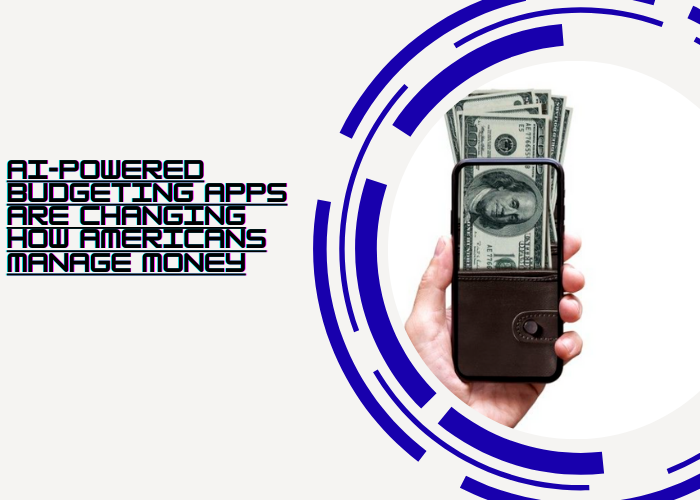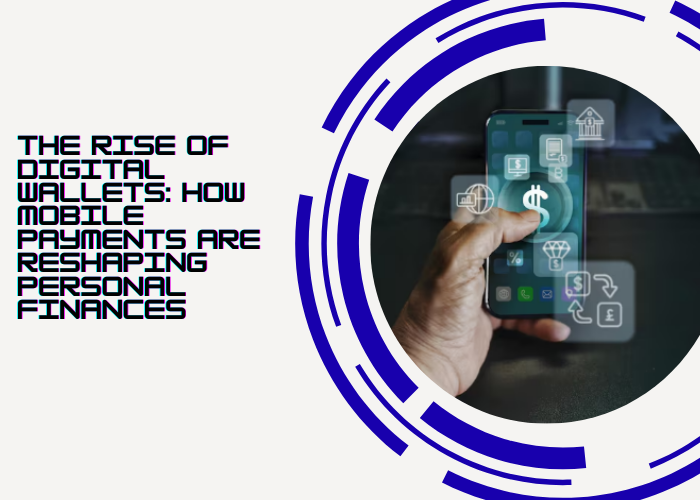AI-Powered Budgeting Apps Are Changing How Americans Manage Money
Artificial intelligence (AI) is rapidly transforming how Americans handle personal finance. In 2025, AI-powered budgeting and money management apps are no longer a luxury—they are becoming essential tools for managing expenses, reducing debt, and achieving long-term financial goals. These platforms provide personalized insights and predictive analytics, giving users the benefits of a personal financial advisor without the high cost.
From Static Spreadsheets to Smart AI Tools
Traditional budgeting tools relied on manual inputs and offered limited insights. Users often struggled to maintain a complete view of their financial situation, resulting in fragmented decision-making. AI-driven budgeting apps change this paradigm by automatically analyzing bank transactions, categorizing expenses, and forecasting financial trends in real time. Machine learning algorithms adapt to spending patterns, income changes, and personal goals, creating a dynamic, tailored financial management experience.
This shift allows users to make informed decisions quickly, helping them avoid unnecessary fees, optimize savings, and plan for both short- and long-term goals. Unlike conventional tools, AI apps proactively alert users to potential overspending, detect unusual charges, and provide actionable guidance for staying on track financially.
Key Features and Benefits
- Automatic Categorization: Expenses are automatically sorted into categories, providing an accurate picture of spending habits.
- Proactive Guidance: Apps suggest actions such as setting limits on discretionary spending, allocating funds to savings, or prioritizing debt repayment.
- Predictive Analysis: AI forecasts upcoming bills, income fluctuations, and cash flow gaps, helping users prepare ahead of time.
- Gamification & Engagement: Progress trackers, achievement badges, and challenges encourage consistent use and financial goal attainment.
- Integration with Banking Services: Many apps link directly to bank accounts, credit cards, and investment accounts for real-time monitoring and seamless management.
Adoption Across Generations
Recent reports indicate that over 48% of millennials and Gen Z consumers now rely on AI-enhanced financial tools. Younger users are attracted to automation, gamification, and the ease of managing finances without manual effort. Meanwhile, adoption is also growing among Gen X and baby boomers. Older users appreciate the clarity these apps provide for complex financial responsibilities, such as mortgage planning, retirement contributions, and funding college tuition for children or grandchildren.
This broad adoption suggests that AI budgeting tools are bridging generational gaps, helping all users understand and manage their money more effectively. The intuitive interfaces, real-time insights, and automated alerts contribute to higher engagement and better financial outcomes across age groups.
Institutional Integration and Competition
Major banks and credit unions are integrating AI-driven features into their mobile apps to compete with nimble fintech startups. Services now include predictive analytics, personalized spending insights, and tailored financial coaching. For institutions, the integration of AI tools strengthens client loyalty, reduces churn, and positions them as technology-forward service providers. By embedding advanced AI functionality directly into their platforms, banks ensure that customers remain within their ecosystem rather than switching to independent fintech solutions.
Challenges and Considerations
Despite the benefits, AI in personal finance introduces challenges. Privacy and data security remain top concerns. Users must trust apps with sensitive banking and personal information. Transparency in algorithmic decision-making is also critical, as biases or conflicts of interest can affect recommendations. Regulators in the U.S. are actively considering guidelines to safeguard consumer interests, indicating that stricter rules may soon influence app operations.
Furthermore, excessive reliance on AI tools may create overconfidence in automated recommendations. Users should complement app insights with basic financial literacy and independent verification to make informed decisions.
Practical Applications and Real-World Benefits
For millions of Americans, AI-powered apps serve as accessible financial coaches. They guide users toward better spending habits, debt management, and savings optimization. Families can plan for significant milestones such as home purchases, education expenses, or retirement accounts, all with actionable, real-time guidance. Individuals struggling with credit card debt, fluctuating income, or irregular expenses gain clarity and structure in their financial routines.
These platforms also enhance financial literacy by translating complex data into digestible insights. Users learn to understand spending patterns, prioritize needs versus wants, and make strategic decisions aligned with long-term goals. This democratization of financial knowledge is particularly valuable for younger generations who may lack formal financial education.
The Future of AI in Personal Finance
Industry experts predict that AI budgeting apps will evolve into comprehensive financial wellness platforms. Future iterations are expected to integrate investment guidance, tax optimization, and automated savings plans. For example, an advanced app could automatically reallocate funds, adjust investment contributions, or suggest cost-saving alternatives for recurring expenses. This level of automation could blur the line between human financial advisors and AI platforms.
By combining predictive insights, automated recommendations, and educational features, these apps may become central to financial planning for individuals and households, providing a unified platform for both daily management and long-term strategy.
Conclusion
AI-powered budgeting apps are no longer optional tools—they are transforming how Americans approach personal finance in 2025. By providing real-time insights, personalized guidance, and predictive analytics, these platforms empower users to shift from reactive to proactive money management. While challenges around privacy, security, and regulatory compliance remain, the benefits are substantial. For many, these apps represent a foundation for long-term financial stability, improved literacy, and confident engagement with all aspects of personal finance.



